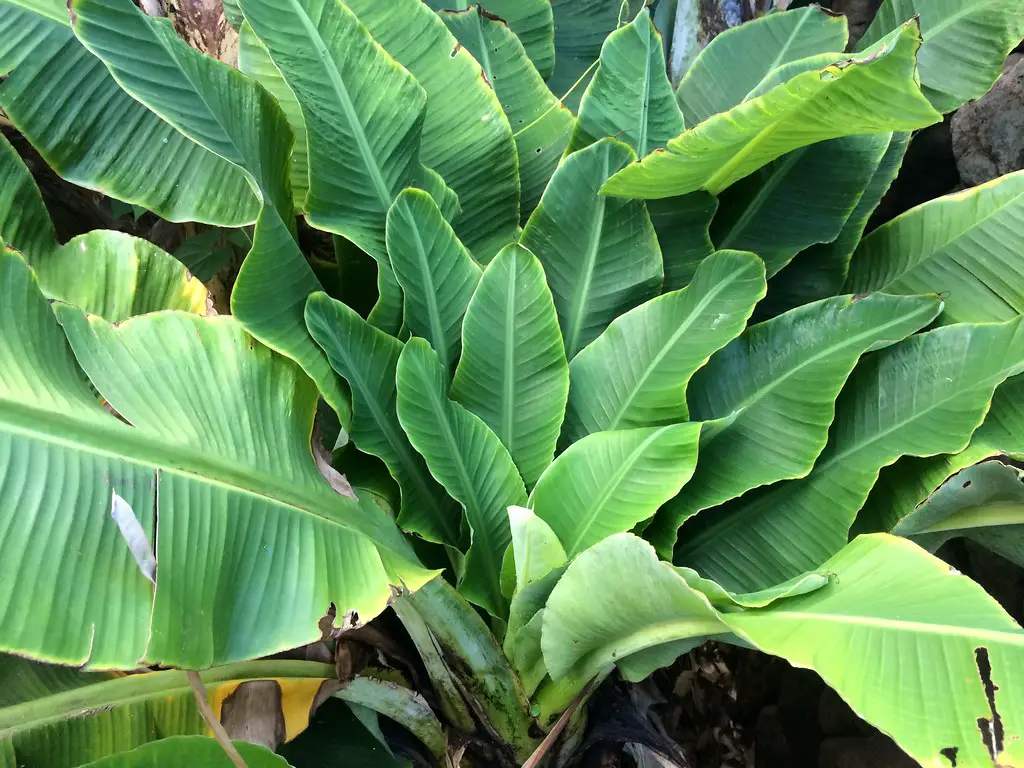Banana Bunchy Top Virus (BBTV) is a devastating viral disease that affects banana plants worldwide. This disease can cause substantial damage to banana crops, posing a significant threat to both commercial growers and small-scale farmers. In this blog post, we’ll explore the complex nature of BBTV, its symptoms, transmission, impact, management, and control measures.
Introduction to BBTV
Virus Classification and Structure
BBTV is a member of the genus Babuvirus within the family Nanoviridae. It has a multipartite genome, consisting of six or more circular, single-stranded DNA components. The virus’s unique structure plays a crucial role in its replication and infection mechanisms.
Host Range
Although primarily affecting banana plants, BBTV has been found to infect other plants within the banana family, including plantains and some ornamental species.
Symptoms of Banana Bunchy Top Virus
The symptoms of BBTV are often dramatic and can be easily recognized:
- Leaf Streaking: Dark green streaks appear along the leaf veins.
- Bunchy Top Appearance: The infected plant’s new leaves become stunted and bunched at the top, giving the disease its name.
- Marginal Hooking: Leaf edges may curl and form hook-like shapes.
- Reduced Fruit Size: The bunch may produce small, distorted, and unmarketable fruits.
Transmission of BBTV
Aphid Vectors
BBTV is primarily transmitted by the Banana aphid (Pentalonia nigronervosa). The aphids acquire the virus when feeding on infected plants and then transmit it to healthy plants.
Vegetative Propagation
The disease can also be spread through the use of infected suckers or planting material in the propagation of new plants.
Impact of BBTV
The impact of BBTV on banana cultivation is considerable:
- Economic Loss: Infected plants produce fewer and lower-quality fruits, leading to economic losses for farmers.
- Threat to Food Security: In regions where bananas are a staple food, BBTV can pose a threat to food security.
- Environmental Impact: Controlling the disease may lead to increased use of insecticides, impacting the environment.
Management and Control
Effective management of BBTV requires a comprehensive and integrated approach:
Early Detection and Quarantine
Regular monitoring and early detection are vital. Infected plants should be removed and destroyed to prevent the spread of the virus.
Use of Virus-Free Planting Material
Using certified, virus-free planting material can help prevent the introduction of the virus into new areas.
Biological Control
Biological control of the aphid vector, using natural predators or parasites, can reduce the spread of the virus.
Chemical Control
Insecticides can be used to control aphid populations, but their use should be carefully managed to minimize environmental impact.
Cultural Practices
Implementing good agricultural practices, such as proper spacing and fertilization, can enhance plant health and resistance to infection.
Community Education and Cooperation
Educating farmers and fostering cooperation among growers, researchers, and government agencies is essential for effective disease management at the regional or national level.
Conclusion
Banana Bunchy Top Virus is a significant disease affecting banana cultivation around the globe. Its unique viral structure, clear symptoms, and devastating impact on banana production make it a critical concern for both commercial and subsistence farming.
Understanding the virus’s biology, transmission mechanisms, and the integral role of the aphid vector enables targeted control measures. Through combined efforts in early detection, quarantine, the use of clean planting materials, biological and chemical control, and community engagement, the spread of BBTV can be managed.
In the face of an ever-globalizing world, where pests and diseases can spread more easily than ever before, vigilance against threats like BBTV is not just the responsibility of individual growers but of the global community that relies on bananas as a key nutritional resource. The fight against BBTV is a fight for food security, economic stability, and environmental sustainability. It’s a battle we must understand well if we hope to win.
